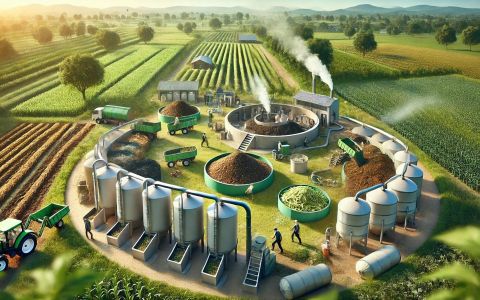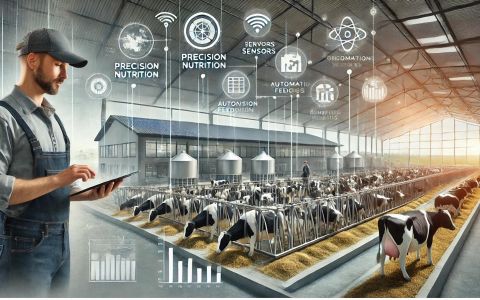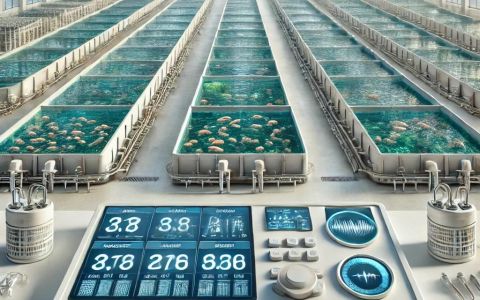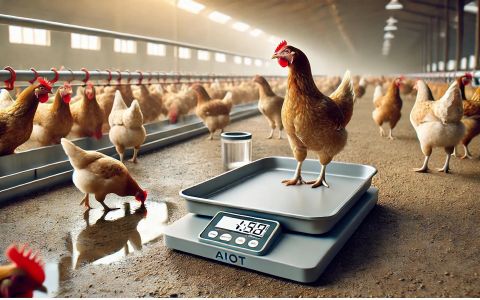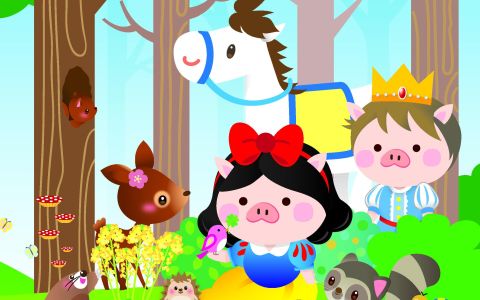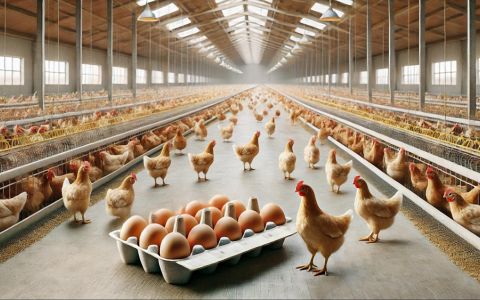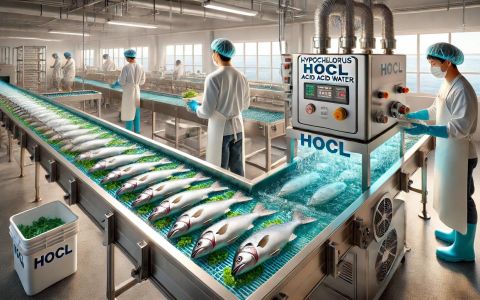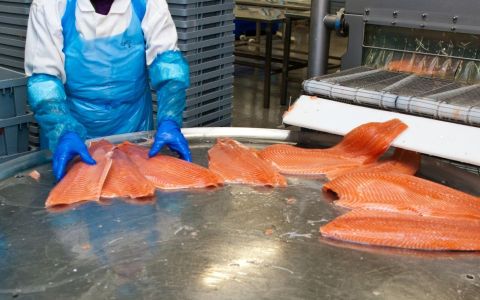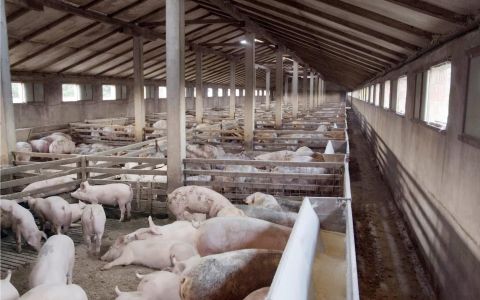Taiwan Poultry Market : Trends, Challenges, and Opportunities
Transitioned from backyard farming in the 1960s, Taiwan’s poultry industry dominates 50.2% of both production (notably meat production of boilers and cull hens) and value contributions in the livestock market. In 2013, the industry valued over US$3.45 billion and accounted for 18.57% of the total agricultural output.
Market Dynamics
With 86.68 kg of meat consumed per person annually, poultry meat leads the market, contributing over US$1.91 billion. White broiler chickens dominate the meat sector, followed by ducks and turkeys. The industry's growth is driven by the increasing preference for poultry due to its low fat and high protein content.
Egg consumption also plays a significant role, with 342 eggs per person per year and annual production reaching 8 billion eggs, valued at US$1.08 billion. Duck eggs, primarily used for salted and century eggs, contribute US$72.96 million, with 410 million eggs produced annually.
Value of Taiwan Poultry Production
All value are in NT$
Current rate 1 USD = 32.53 NTD
| Year | While Boilers | Colorful Boilers | Duck Meat | Turkey | Chicken Eggs | Duck Eggs |
| 2021 | 28,070 | 24,808 | 8,138 | 346 | 23,067 | 1,704 |
| 2022 | 21,511 | 24,358 | 9,696 | 336 | 32,557 | 2,107 |
| 2023 | 32,808 | 26,636 | 8,928 | 273 | 33,853 | 2,281 |
However, Taiwan faced an egg crisis in 2023, leading to the import of over 158 million fresh eggs as an emergency measure to address the nationwide shortage.
Market Challenges
From 2020 onward, Taiwan’s livestock sector faced significant challenges. To recover from pre-pandemic impacts, Taiwan imported over 240,000 tons of chicken meat. In 2023, the avian influenza outbreak and extreme weather changes caused stress in poultry, disrupting chicken and egg production, particularly among ducks and hens, leading to an egg shortage. This highlighted the urgent need for vaccination and enhanced biosecurity measures to mitigate such effects.
Additionally, rising import costs for key feed ingredients like corn and soybeans, driven by global inflation and the Russia-Ukraine war, have posed a major challenge for the industry to find alternative and healthier livestock feed solutions.
Price of Chicken Feed
All value are in NT$ / kg
Current rate 1 USD = 32.53 NTD
| Year | Feed for Chicks | Feed for Chicken |
| 2021 | 19.85 | 17.33 |
| 2022 | 22.10 | 19.92 |
| 2023 | 23.01 | 21.16 |
Market Outlook & Opportunities
Ongoing challenges in the livestock industry have created opportunities for innovation and technology, particularly in biosecurity and disease management systems to reduce outbreak impacts. Furthermore, the development of alternative feeds to cut costs presents promising opportunities for international research and product innovation.
Source : 2023 Taiwan Poultry Statistics Handbook (https://www.facebook.com/WPSATaiwanBranch1989/posts/pfbid0eVjmMCrVoZPDMAQFbf1ybyxR3B585iKzPndDc8AD1WefCCyyEhqNocz8P2SgYCnvl?rdid=V4k4FpHrQP1n3J03 )
Other News
Taiwan’s agriculture plays a pivotal role in national food security, economic development, and global trade. Despite limited arable land, climate challenges, and an aging rural workforce, Taiwan has developed a highly efficient and technologically advanced agricultural system. Today, the sector is undergoing a digital and sustainable transformation through smart farming, automation, and eco-friendly practices—aimed at boosting productivity, reducing labor reliance, and improving resilience.
Discover how cutting-edge carbon reduction strategies and circular technologies are transforming agriculture, with inspiring examples from Taiwan and Japan leading the way to a greener, more sustainable future.
Integrating smart technologies such as sensors, IoT, and AI into agriculture and livestock sectors enables precise nutritional management, enhancing production efficiency, reducing waste, and promoting environmental sustainability.
This innovative approach combines solar photovoltaic power generation with smart aquaculture technologies, enhancing land use efficiency, stabilizing water quality, and improving farming environments to boost productivity and sustainability in the aquaculture industry.
Integrating artificial intelligence and Internet of Things technologies, AIoT automated poultry scales utilize image recognition to calculate poultry numbers and average weights, uploading data to the cloud for real-time monitoring, thereby optimizing feed management and enhancing farming efficiency.
In 2023, Taiwan's swine industry demonstrated resilience and innovation, supported by government policies such as tax exemptions and the promotion of self-sufficient feed ingredients, leading to a stable foundation and breakthroughs in international markets.
Discover how antibiotic-free feed formulations are revolutionizing the layer industry, enhancing hen health, boosting egg quality, and paving the way for sustainable and safe food production.
Explore how hypochlorous acid water (HOCl) serves as a safe, eco-friendly disinfectant, enhancing biosecurity and promoting sustainable practices in modern farming and aquaculture.
Explore how Taiwan's fisheries industry is advancing seafood processing and cold chain logistics to minimize waste, ensure product quality, and cater to diverse market needs.
Discover how Taiwan's livestock industry is leading the circular economy by turning manure into green energy, organic fertilizer, and valuable industrial resources.












